The Fillmore Theater
Introduction
Text-to-speech Audio
Images
Fillmore Theater Interior
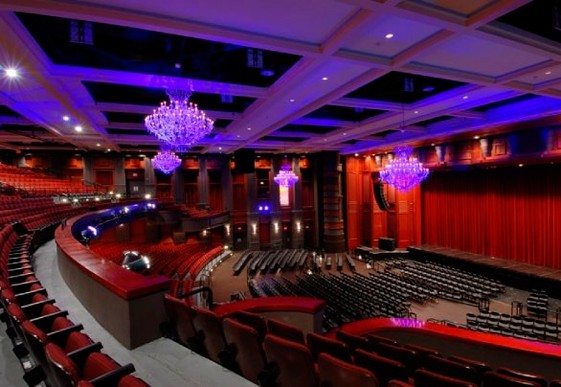
Fillmore Theater Interior
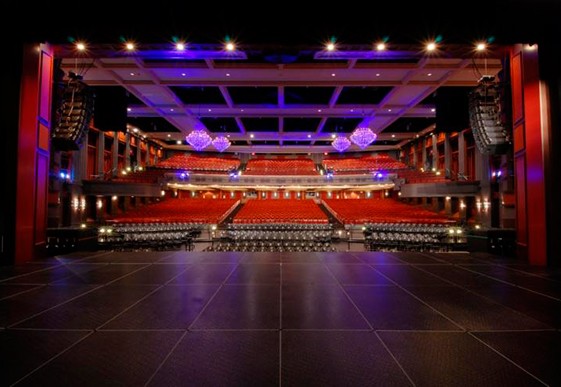
Fillmore Theater Exterior
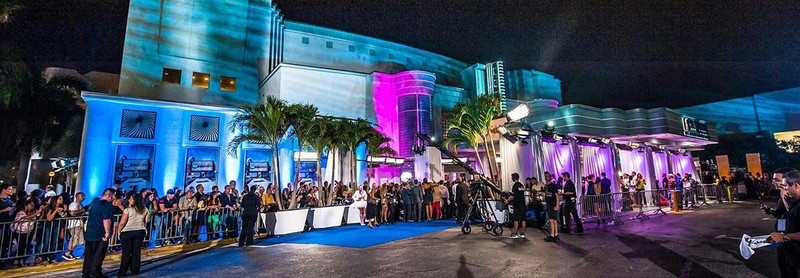
Fillmore Theater Lobby
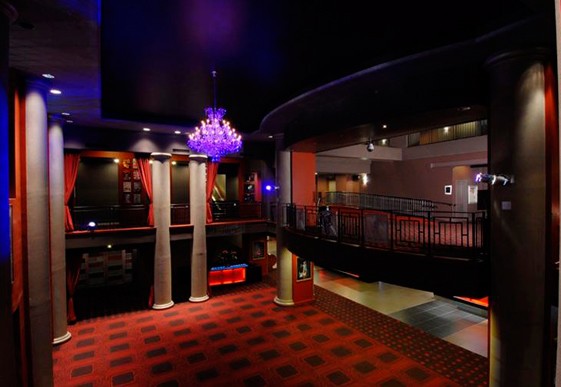
The original Jackie Gleason Theater when it was home to the Jackie Gleason show
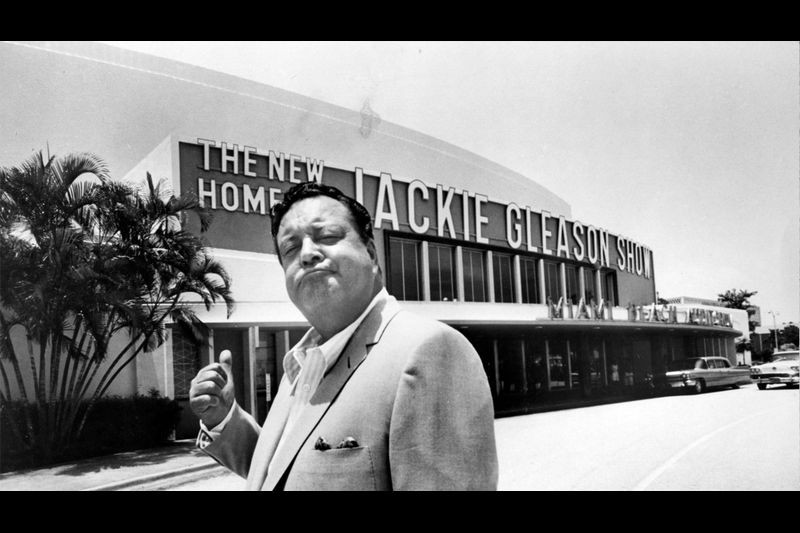
An image of Dick Clark from the show American Bandstand that was filmed in the Fillmore
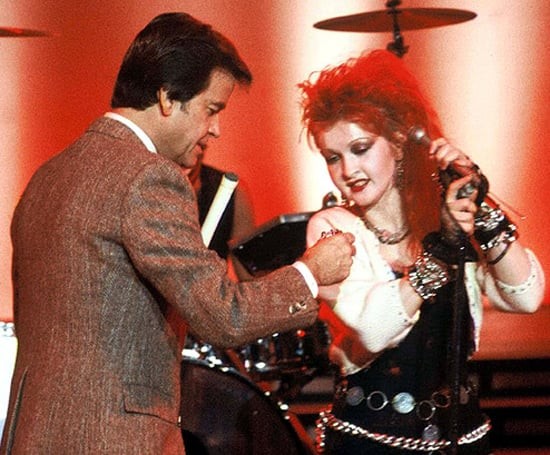
Backstory and Context
Text-to-speech Audio
In the 1950s, when the Fillmore was built, there was a boost in the economy as Europeans were buying American goods which in turn allowed Americans to afford better housing. That then led to the creation of suburbs as well as the growing value of materialism. As couples then reunited from the war, they all moved into the suburbs and started families and resulted in the baby boomer generation. This generation was influential to popular culture during this time and played a large role in the rising popularity of music genres like Rock n Roll.
For the Fillmore, it was constructed to bring more entertainment to Miami Beach, and it was a great place for the baby boomers to watch a Rock n Roll act. Rock n Roll was first created combining styles of jazz, blues, and rhythm. Elvis Presley was an important figure for Rock n Roll as he brought provocative dancing into his performances and had a large following from the baby boomer generation. There was a huge demand for concerts because of the rise of Rock n Roll and the large influence from the baby boomers. Miami at the time luckily had the Fillmore to use to draw the audience closer to the beaches for concerts and other events.
Not only was the Fillmore home to many concerts, but it was also a home for the Dick Clark show during the 1970s and 1980s. Dick Clark was a huge TV personality as he had hosted interviews and events as a talk show host from the 1950s all the way to his death in 2012. His impression on Miami was important as he hosted the “American Bandstand” in the Fillmore. The “American Bandstand” was a television special that focused on giving bands and artists a platform to play on television while Dick Clark would interview each artist. Jackie Gleason also hosted his show in the theater which gave it its first name change as the Jackie Gleason Theater.
Currently, the theater has hosted a plethora of large-scale and small-scale events dating back to the 1950s. However, the Miami city leaders did try and demolish the theater to build a hotel in 2017. This brought outrage to Miami locals as they knew that the Fillmore was an important staple of Miami Beach. The only reason historians couldn’t call this a historic landmark was because of its update in 2007 to become the Fillmore. Petitions were created and locals overwhelmingly showed their support in keeping the Fillmore as it was one of the few venues that can host certain talents. This wasn’t the only attempt to remove the theater as city officials wanted to replace it with an apartment building back in 2013 but plans fell apart much more quickly due to local outrage.
Sources
“The Fillmore Miami Beach History”. The Fillmore Miami Beach. 2006-2017. https://www.fillmoremb.com/venueinfo
This small article on the venue’s website gives insight into the history of the theater. It was first constructed in the 1950s and was home to many of the “golden era” forms of entertainment such as music, comedy, and boxing matches. Many famous artists frequented the venue such as people like Bob Hope and Frank Sinatra. Over time the venue was home to many television series such as “The Dick Clark Show” and then transitioned into hosting Broadway shows. The theater is now home to big name acts and has a history of hosting rock artists. This source is helpful to get some history on the actual venue itself and what better credit to give than from the actual topic.
“The Culture of the 1950s”. American History: From Revolution to Reconstruction and Beyond. University of Gronigen. 1994-2012. http://www.let.rug.nl/usa/outlines/history-1994/postwar-america/the-culture-of-the-1950s.php
This site gives more information about the culture of the 1950s. It proved to be a great source for understanding the context of when the theater was constructed and explains the growth in materialism and consumerism during this time. It mainly includes a small summary into the timeline from post-WWII to the creation of suburbs and the baby boomer generation. It separates the different forms of culture from music, art, and literature as well as the societal norms.
“Dick Clark Papers”. Special Collections Research Center, Syracuse University Libraries. 7 Nov 2011. https://library.syr.edu/digital/guides/c/clark_d.htm#d2e56
This collection contains recordings from Dick Clarks shows ranging all the way from the beginnings of his career to 2011. It is a great source to understand the impact that Dick Clark had on television and popular culture. He played such a large role in the development of the Fillmore, so this is a great source to understand his history and some of his accomplishments. It includes recordings of past episodes from his show as well as recordings of other specials and shows that are related to Dick Clark. It has not yet included any documents relating to show production material and memorabilia.
Weisbard, Eric. “Rock and Roll”. Oxford Research Encyclopedia. American History. Dec 2016. https://oxfordre.com/americanhistory/view/10.1093/acrefore/9780199329175.001.0001/acrefore-9780199329175-e-289
This paper includes a detailed history of the genre of Rock and Roll. Offering great insight into the genres influences as well as influence on popular culture. Starting with the creation and rise with Elvis Presley and Roy Brown until its current position in modern culture. It is very interesting to see the evolution of rock and how not only American culture has evolved with it but other cultures as well. It also gives great insight as to the importance that Rock and Roll on the Fillmore as the theater was home to many rock events and is a big hub for rock culture in Miami.
Kendall, Jonathan. “Bulldozing the Fillmore Miami Beach Could Leave Local Music Lovers in Limbo”. Miami New Times. June 21 2017. https://www.miaminewtimes.com/music/heres-how-miami-metal-outfit-torche-navigated-the-coronavirus-crisis-abroad-11596975
This news article presents the battle between local music lovers in Miami and city officials on whether the Fillmore should be replaced by a hotel. It presents the argument leaning more towards the side of the locals as they present many ways that people are against tearing down the venue. It also gives insight into some of the reasons why city officials want to clear the space for a hotel that would come with a conference space to host large events in the heart of Miami Beach. The argument is interesting and is biased but it gave great insight on the Fillmore’s current state.
Fillmore Miami
Fillmore Miami
Fillmore Miami
Fillmore Miami
Sun Sentinel
Popsugar.com
